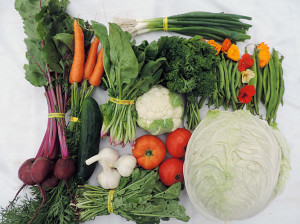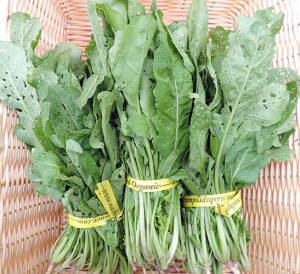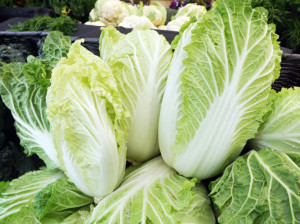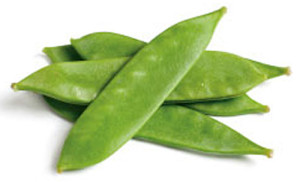What’s in your box for Week 2, July 18
Green onions, spinach, carrots, curly parsley
Small box also has: Napa cabbage, beets with greens, snowpeas
Standard box also has: Cucumber, cauliflower, tomatoes, arugula, garlic, green beans, edible flowers
Check out Nash’s Recipe Blog for recipes with your veggies.
Storing tender greens
The summer heat makes storing tender greens like arugula and parsley a challenge. Here are some storage tips to keep them fresh.
- Refresh wilted bunched greens by trimming the bottom, and then soaking them in room-temp water for 15 minutes. They will perk right back up!
- Store greens wrapped in a damp dish towel/paper towel, and tucked in a plastic bag. Leaving them directly exposed to the circulating air of your refrigerator will cause them to wilt quickly, so don’t store them unwrapped in your crisper.
- Plan to eat fresh tender greens sooner rather than later. If they hang out longer than you had planned, and are beyond “reviving,” chop them up in soup, saute or add to pesto.
Arugula
Arugula has tons of flavor and and bit of a kick. It is a very rich source of phytochemicals that have been shown to combat cancer, plus vitamins A, C, and K, a bone
and brain health booster. It also has high levels of iron and copper.
The ancient Romans thought it was an aphrodisiac and combined it with other herbs like lavender and chicory to create love potions!
Arugula is a natural in salads, but don’t stop there! Add it to pastas, grains, sandwiches, wraps, and soups. It also makes a great pesto.
Flea beetles made the holes when the plants were tiny. Being organic, we don’t spray chemicals to stop them. The holes are completely harmless and do not affect flavor or nutrition at all.
Napa Cabbage
Raw Napa cabbage is FABULOUS in salads. It’s so crunchy and sweet, you can do a simple salad of just rough-chopped Napa and your favorite dressing. Large Napa leaves are also wonderful for tacos. Just fold up your favorite fillings and toppings into a big, outer leaf and chow down.
Snow Peas
Also called Chinese peas, they were once found only in Asian restaurants. Since they grow quite well in the Northwest, they are available at their freshest off of local farms. They can store for up to 5 days in your fridge crisper in a perforated plastic bag if left unwashed. Snow peas are an excellent source of vitamin C, iron, and manganese.
Snow peas can be steamed, sautéed with other veggies, stir-fried in a wok, and even roasted until tender and lightly browned on the edges (use sesame oil instead of olive, and sprinkle them with toasted sesame seeds when done). Combine steamed snow peas with sliced cooked carrots, a little organic soy sauce and honey, and top with chopped peanuts. They go particularly well with salmon. But the best way to enjoy them is just as they are—raw and crunchy! Add them to a veggie tray, or a summer salad. All you have to do is break the little stem, pull the string away from the pod, and voila! A tasty, low calorie, sweet snack.




